What Is a Stablecoin?
Note: This post may contain affiliate links, and we may earn a commission (with No additional cost for you) if you make a purchase via our link. See our disclosure for more info. The crypto world is constantly changing. This content is for informational purposes only and not financial, legal, or professional advice So, please verify the info on the cryptocurrency provider’s websites.
Stablecoins are digital currencies designed to keep their value pretty stable. They're usually pegged to something reliable, like fiat money or gold. This makes them less scary for those who want to avoid the wild price swings of regular cryptocurrencies. Think of them as the calm in the crypto storm, making transactions easier and faster. Want to know why so many people are buzzing about them? Stick around, there's more to uncover!
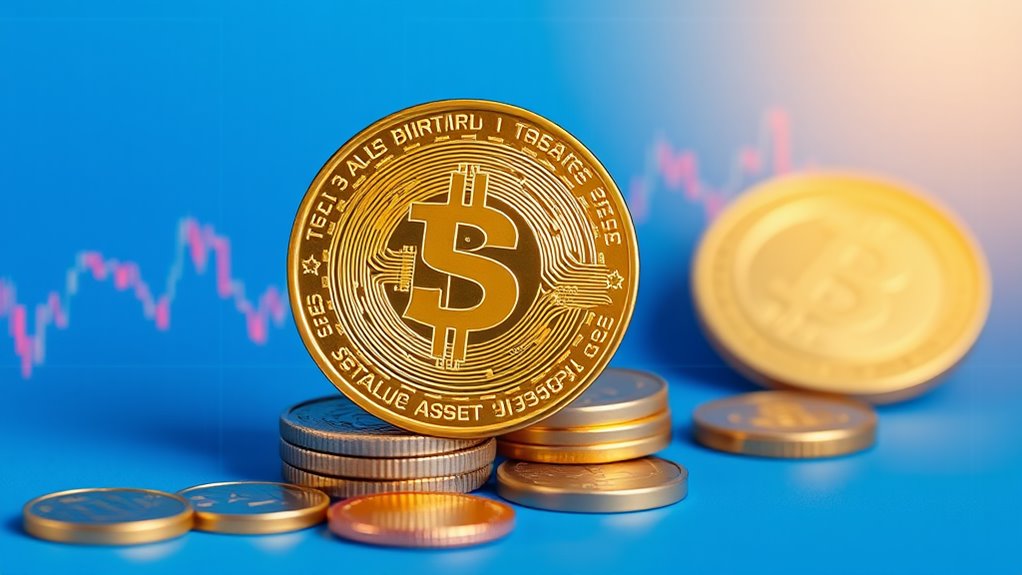 cryptocurrency with stable value">
cryptocurrency with stable value">In a world where cryptocurrencies can swing wildly like a pendulum, stablecoins emerge as the calm in the storm. These digital coins are designed to minimize volatility, which is a fancy way of saying they don't go up and down like a roller coaster. Instead, they peg their value to stable assets, often fiat currencies or commodities. Think of them as the reliable friend in a group of party animals—always there, steady, and not about to freak out over a little turbulence.
Stablecoins serve a clear purpose. They provide a dependable medium of exchange within blockchain ecosystems. Because let's face it, no one wants to risk their hard-earned cash on something that could lose half its value overnight. With stablecoins, transaction risks are slashed, making them a go-to option for fast, low-cost payments. They also offer global accessibility, which is a nice perk. Who doesn't want to send money across the world without worrying about exchange rates and pesky fees? Additionally, many stablecoins utilize smart contracts to ensure automated compliance and efficient transaction execution. The total market capitalization of stablecoins exceeded over $220 billion in 2025, illustrating their growing importance in the financial landscape.
They come in various flavors, too. There are fiat-collateralized stablecoins, like USDT and USDC, backed by reserves of actual dollars. You want to feel secure? That's a good start. Both USDT and USDC remain widely used due to their market dominance and liquidity across trading platforms.
Then there are commodity-collateralized options, like PAXG and XAUT, which are pegged to gold. Yes, gold—the shiny stuff that has been valuable since, well, forever.
And don't forget crypto-collateralized stablecoins, which are backed by over-collateralized crypto assets. It's like putting your money in a safety deposit box, except the box is digital and a bit more complicated.
Frequently Asked Questions
Can Stablecoins Be Used for Everyday Purchases?
Absolutely, stablecoins are all the rage for everyday purchases. Why? They keep value steady, unlike that wobbly local currency.
Plus, transaction fees are way lower than traditional banking—talk about a win. Merchants can accept them through platforms like BitPay, making it easy peasy for shoppers.
In places where cash is king, or the economy's a mess, stablecoins offer a lifeline. So yeah, they're kind of a big deal in digital shopping.
How Do Stablecoins Impact the Broader Cryptocurrency Market?
Stablecoins are the lifeblood of the crypto market. They keep things fluid, enabling traders to swap assets without breaking a sweat.
But watch out—if a big player like TerraUSD goes belly-up, it can create chaos. They're like a safety net during turbulent times, but that net can fray.
With over two-thirds of crypto activity involving stablecoins, their impact is massive. Lose confidence in them, and the whole market can face a meltdown.
What Are the Risks of Using Stablecoins?
Stablecoins come with a laundry list of risks.
Imagine this: rapid redemptions could spark a financial fire sale. Not great, right?
Then there's the issue of reserve assets—if they tank, so does the stablecoin's value.
Cyberattacks? Absolutely. Who doesn't love a good hack?
And regulatory confusion? That's the cherry on top.
With all the potential for fraud and instability, one has to wonder: is this really the safest bet in crypto?
Are Stablecoins Regulated by Financial Authorities?
Yes, stablecoins are under the watchful eye of financial authorities.
Big players face federal regulations, while smaller ones might escape to state rules if they play nice.
Expect audits, reserve checks, and strict compliance. The whole process sounds super fun, right?
They even prioritize stablecoin holders in insolvencies—because who doesn't want to be first in line when things go south?
Meanwhile, algorithmic stablecoins? Not so welcome anymore.
Safety first, folks!
How Can I Store My Stablecoins Securely?
Storing stablecoins securely? It's a wild world out there.
Cold wallets, like Ledger or Trezor, keep your coins safe from the internet's grasp. Think offline key management. It's a no-brainer.
Use multi-signature setups for team funds; it adds security.
Hot wallets? Sure, they're convenient, but risky. Two-factor authentication is a must.
Regular updates? Don't skip those! Because nothing says "I care" like protecting your digital stash from hackers.

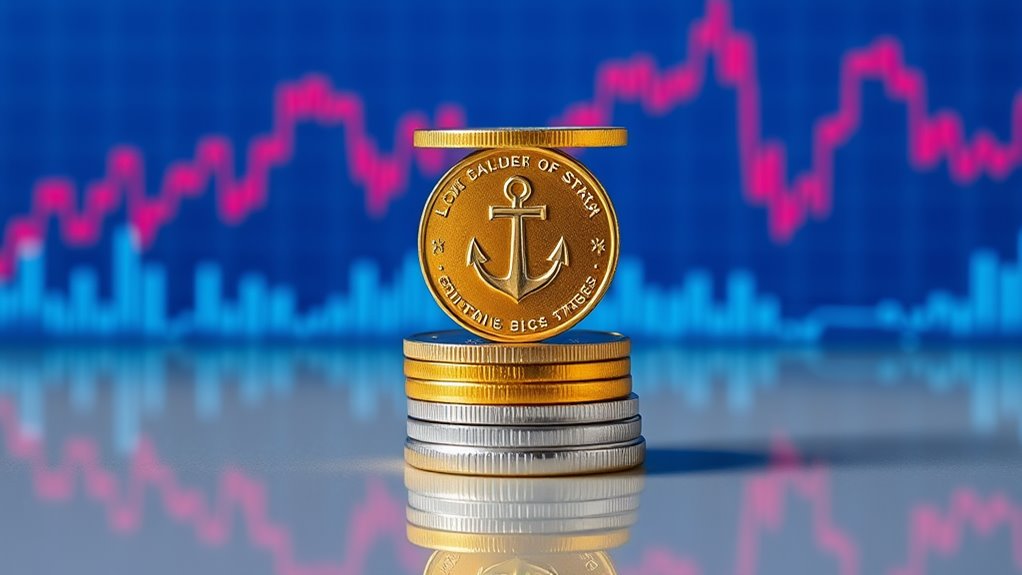


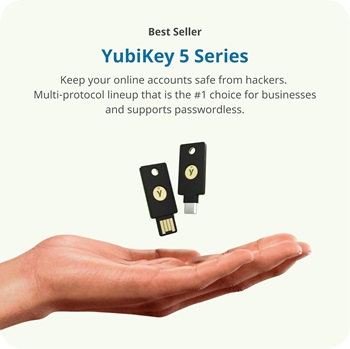

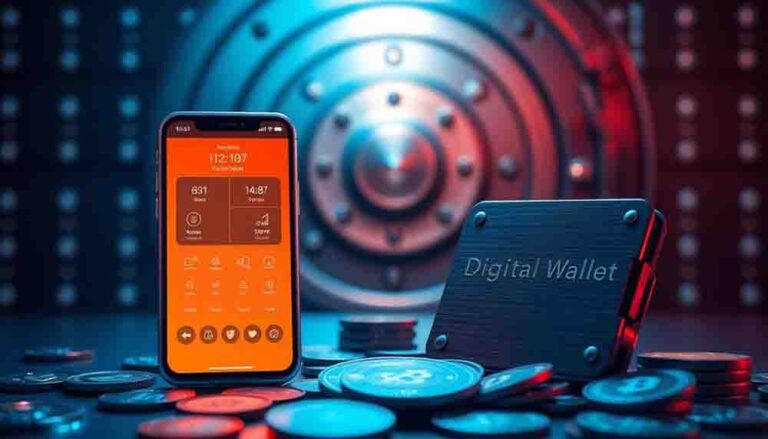
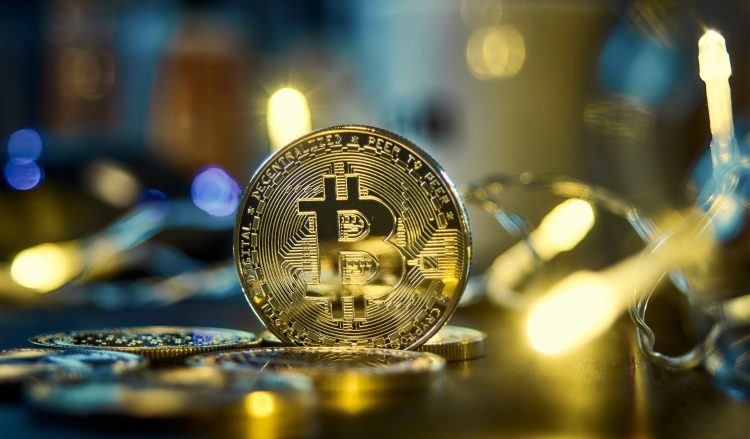




One Comment